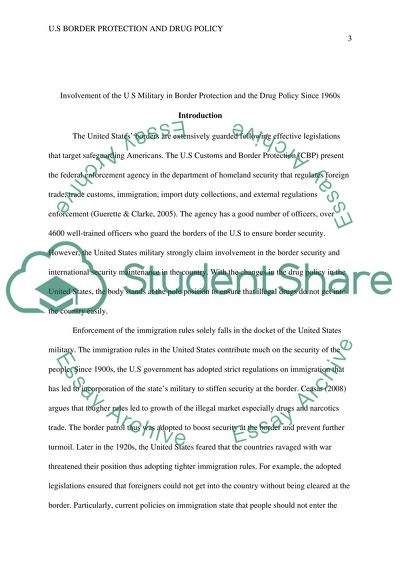Cite this document
(“Involvement of the U.S Military in Border Protection and the Drug Essay”, n.d.)
Involvement of the U.S Military in Border Protection and the Drug Essay. Retrieved from https://studentshare.org/law/1476931-1-question-us-military-and-its-borders
Involvement of the U.S Military in Border Protection and the Drug Essay. Retrieved from https://studentshare.org/law/1476931-1-question-us-military-and-its-borders
(Involvement of the U.S Military in Border Protection and the Drug Essay)
Involvement of the U.S Military in Border Protection and the Drug Essay. https://studentshare.org/law/1476931-1-question-us-military-and-its-borders.
Involvement of the U.S Military in Border Protection and the Drug Essay. https://studentshare.org/law/1476931-1-question-us-military-and-its-borders.
“Involvement of the U.S Military in Border Protection and the Drug Essay”, n.d. https://studentshare.org/law/1476931-1-question-us-military-and-its-borders.


